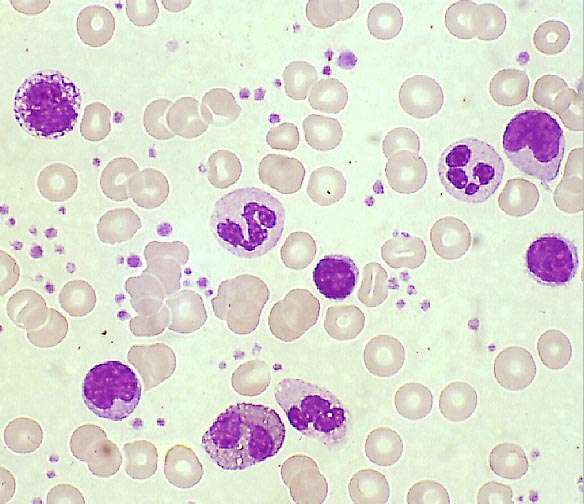

| Chemie für Mediziner |
| Atombau |
| Periodensystem |
| Chemische Bindung |
| Heterogene Gleichgewichte |
| Einführung |
| homogen / heterogen |
| homogen / heterogen | |
| homogen / heterogen | |
| Blutausstrich |
| Komponenten und Phasen |
| Aggregatzustände |
| Phasenumwandlungen |
| Lösungen |
| Fällungsreaktionen |
| Verteilungsgleichgewichte |
| Adsorption |
| Diffusion |
| Osmose |
| Trennverfahren |
| Zusammenfassung |
| Reaktionen der Stoffe |
| Säuren & Basen |
| Energetik & Kinetik |
| Oxidation & Reduktion |
| Metallkomplexe |
| Kohlenwasserstoffe |
| Isomerie organischer Verbindungen |
| Funktionelle Gruppen |
| Carbonylverbindungen |
| Kohlenhydrate |
| Aminosäuren |
| Heterocyclen & Naturstoffe |
| Vitamine & Coenzyme |
| Literatur |
| Startseite |
© Prof. Dr. J. Gasteiger, Dr. A. Schunk, CCC Univ. Erlangen, Fri Mar 30 11:41:20 2001 GMT  BMBF-Leitprojekt Vernetztes Studium - Chemie BMBF-Leitprojekt Vernetztes Studium - Chemie
|
